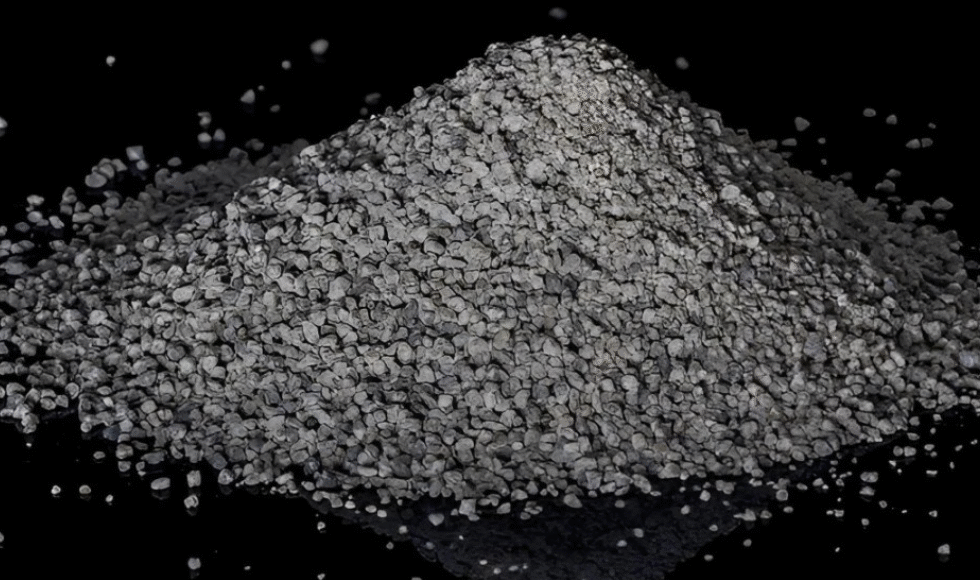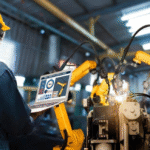Castable refractories play a crucial role in industries that operate under extreme temperatures. These versatile, high-performance materials are designed for easy application, durability, and thermal resistance, making them ideal for furnaces, boilers, kilns, and other high-heat environments.
At Poonam Refratech, we offer premium castable refractory solutions that enhance industrial efficiency and longevity. Let’s explore what castable refractories are, their benefits, and where they are used.
What Are Castable Refractories?
Castable refractories are heat-resistant concrete-like materials that can be poured, molded, or troweled into place to form insulating and protective layers inside industrial structures. They consist of refractory aggregates, bonding agents, and additives, ensuring high strength and thermal stability.
Key Features of Castable Refractories:
- Excellent Heat Resistance – Can withstand temperatures up to 1,800°C.
- Strong Mechanical Bonding – Provides high structural integrity.
- Easy Installation – Can be cast, sprayed, or gunned into position.
- Thermal Shock Resistance – Handles rapid temperature changes without cracking.
- Chemical Stability – Protects against slag, molten metal, and corrosive gases.
Types of Castable Refractories
Different castables are used based on temperature requirements and industrial applications:
- Conventional Castables
Used in low to moderate temperature zones.
Composed of cement-based binders.
- High Alumina Castables
Contains high alumina content for superior thermal stability.
Ideal for steel, cement, and petrochemical industries.
- Low Cement Castables (LCC)
Reduced cement content for higher strength.
Offers better thermal resistance and durability - Ultra-Low Cement Castables (ULCC)
Used in extreme temperature environments with high mechanical strength.
Common in steel furnaces and high-pressure boilers. - Insulating Castables
Lightweight materials providing thermal insulation.
Helps industries reduce energy costs.
Applications of Castable Refractories
- Steel & Metallurgy
Used in furnaces, ladles, and tundishes for heat retention and durability. - Cement & Lime Kilns
Protects kiln linings and ensures uniform heat distribution. - Petrochemical & Refineries
Installed in reactors and cracking units to prevent thermal damage. - Power Plants & Boilers
Optimizes fuel combustion while maintaining structural integrity. - Foundries & Casting Units
Lining for molten metal handling equipment to prevent erosion.
Why Choose Poonam Refratech’s Castable Solutions?
At Poonam Refratech, we manufacture high-quality castable refractory materials tailored for industrial performance and longevity.
Our Advantages:
- Custom Formulations – Designed for specific industrial needs.
- High-Temperature Stability – Ensures heat resistance up to extreme levels.
- Strong Bonding & Durability – Reduces maintenance and downtime.
- Easy Application – Offers flexibility in installation techniques.
Conclusion
Castable refractories are essential for industrial thermal protection, ensuring efficient operations, energy savings, and long-term durability. Poonam Refratech’s premium castables provide maximum performance and reliability in high-temperature industries.
Looking for high-quality castable refractory solutions?
Contact Poonam Refratech today to explore our custom formulations designed for your industrial needs.



